In Fiba World Cup host Philippines, basketball is life
It may be dwarfed by other nations’ sporting prowess, but the Philippines’ fervour for basketball is gigantic, and enthusiasm for the sport continues to intensify as the 2023 Fiba Basketball World Cup is under way
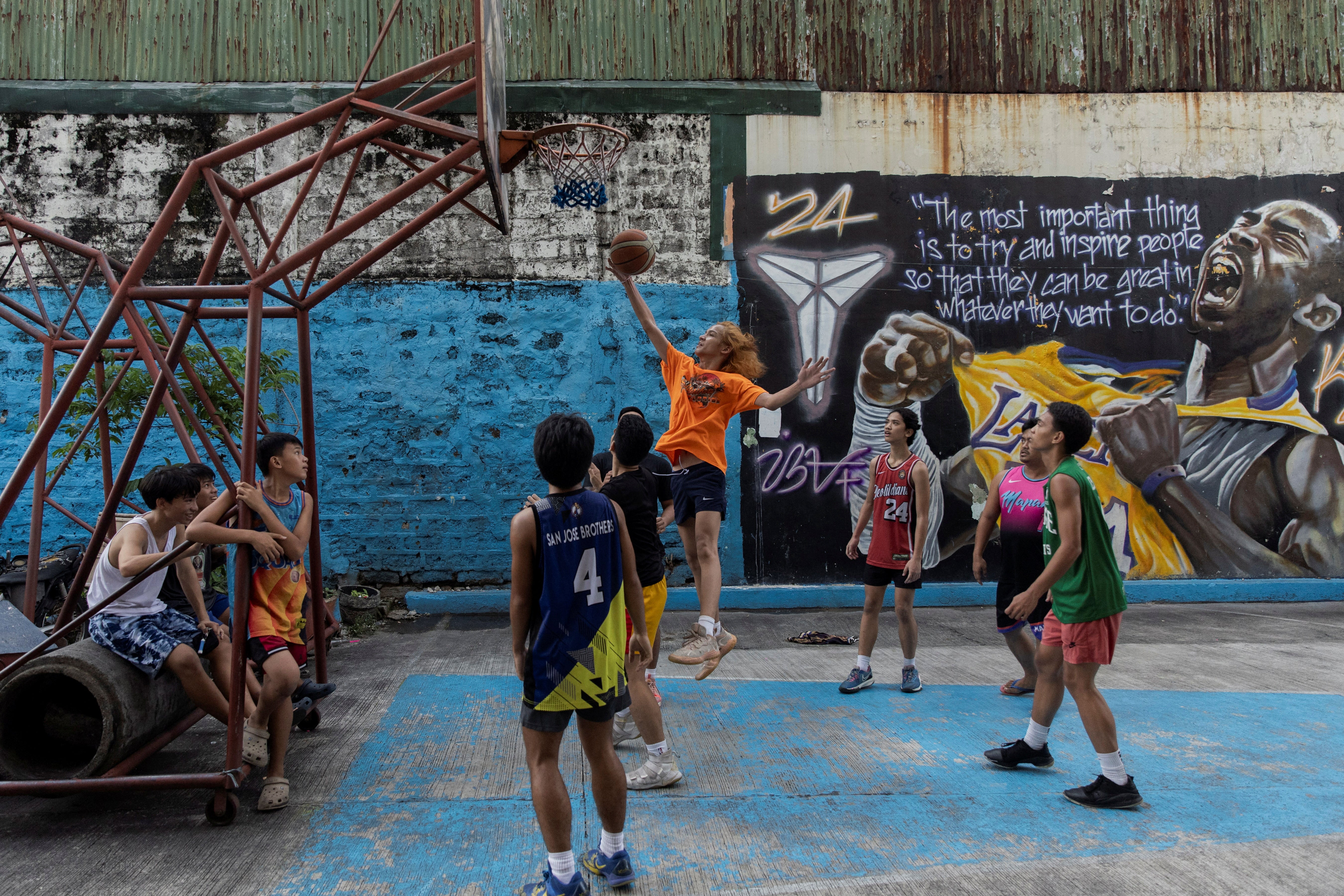
Your support helps us to tell the story
This election is still a dead heat, according to most polls. In a fight with such wafer-thin margins, we need reporters on the ground talking to the people Trump and Harris are courting. Your support allows us to keep sending journalists to the story.
The Independent is trusted by 27 million Americans from across the entire political spectrum every month. Unlike many other quality news outlets, we choose not to lock you out of our reporting and analysis with paywalls. But quality journalism must still be paid for.
Help us keep bring these critical stories to light. Your support makes all the difference.
Basketball is played everywhere and by almost everyone in the Philippines, which counts the sport as a national obsession along with boxing and beauty pageants.
There is a basketball court of sorts set up near most churches, and whether it is in a cemetery or near a sewer, these places of worship are ubiquitous in this majority Catholic nation of 112 million people which is co-hosting the Fiba world championships from 25 August to 10 September with Indonesia and Japan.
“We are excited since the tournament will happen here. There are many players from the NBA that we are excited to see,” college student James Froilan Almeda told Reuters near the championship venue Mall of Asia Arena. The NBA is the US National Basketball Association.
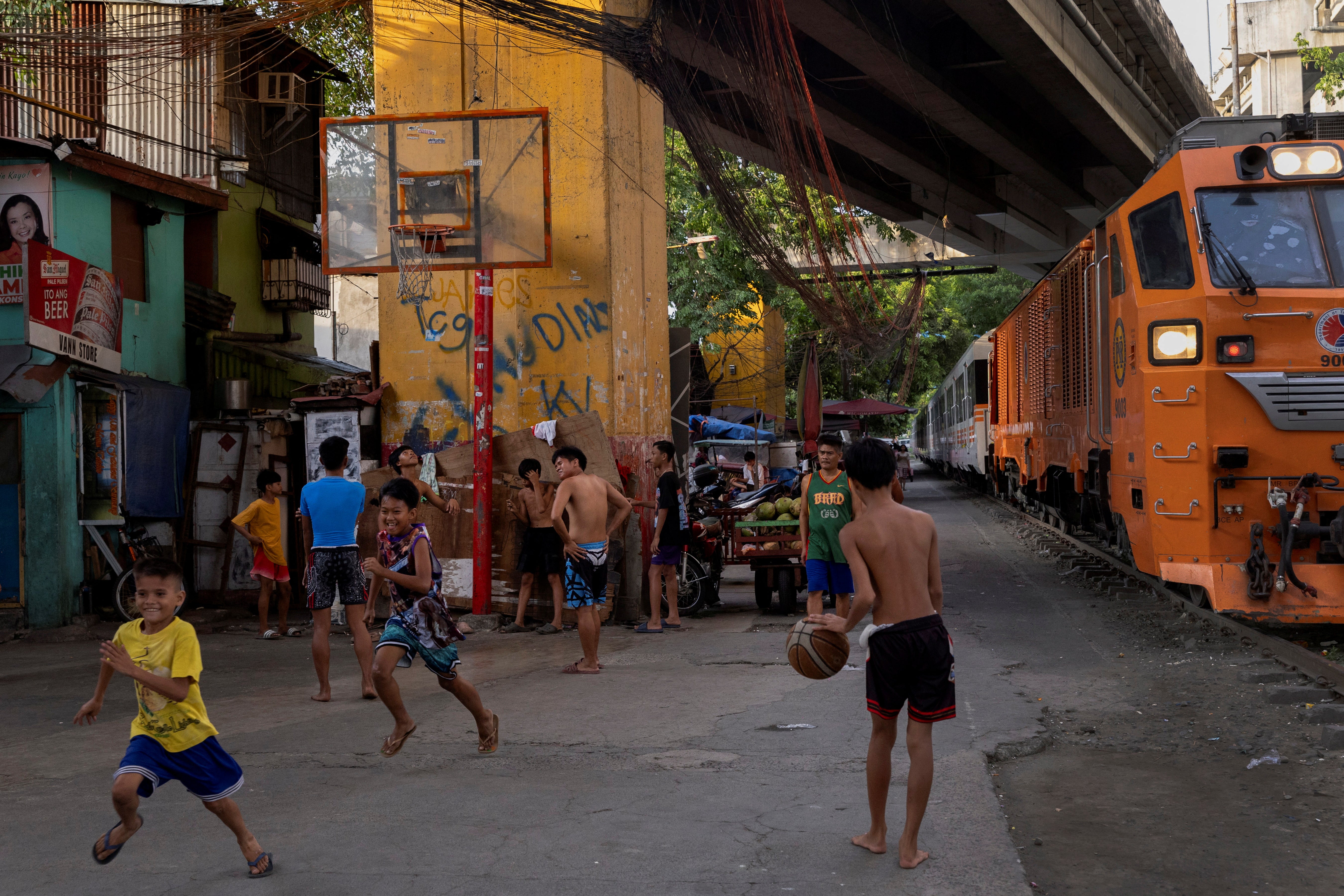
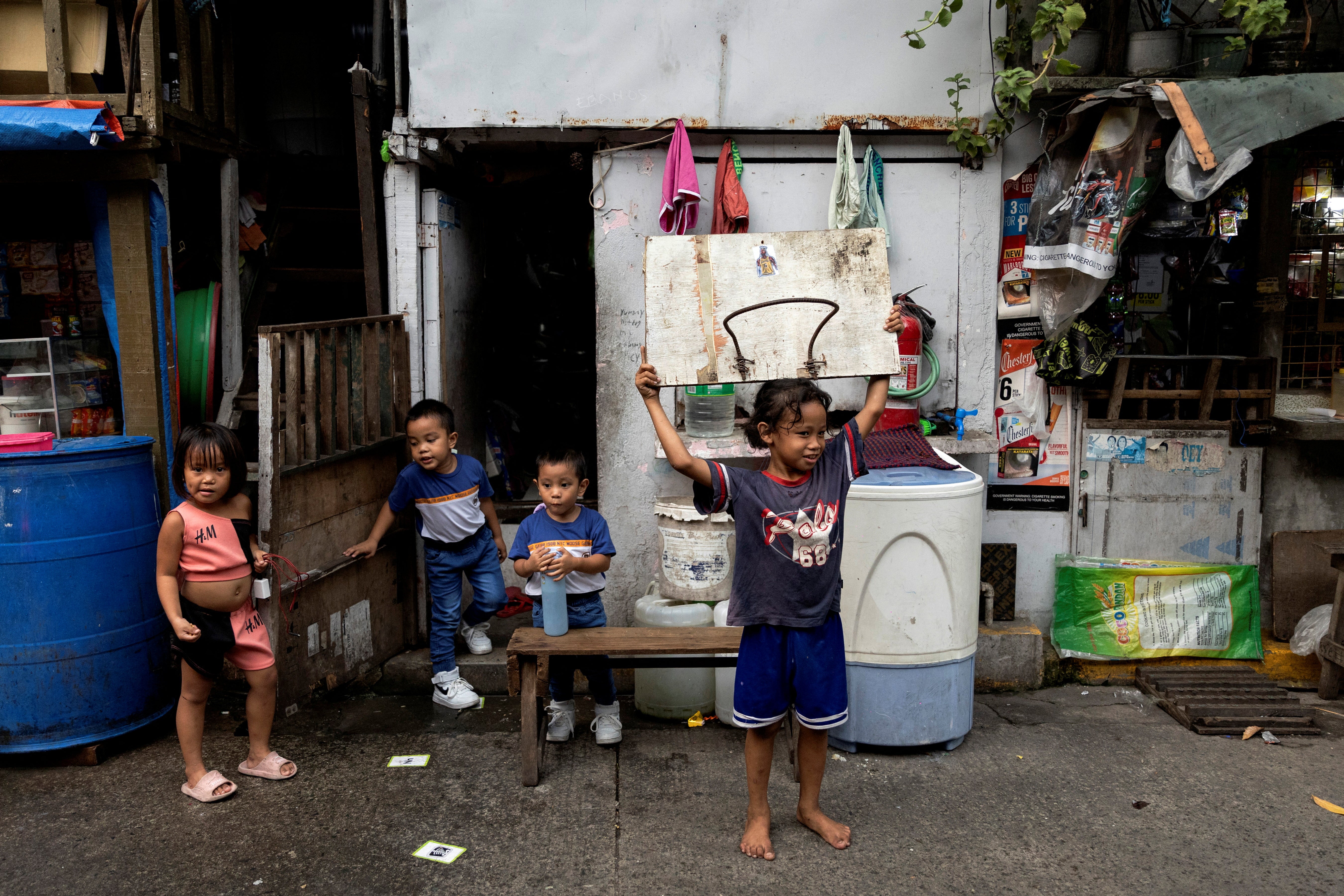
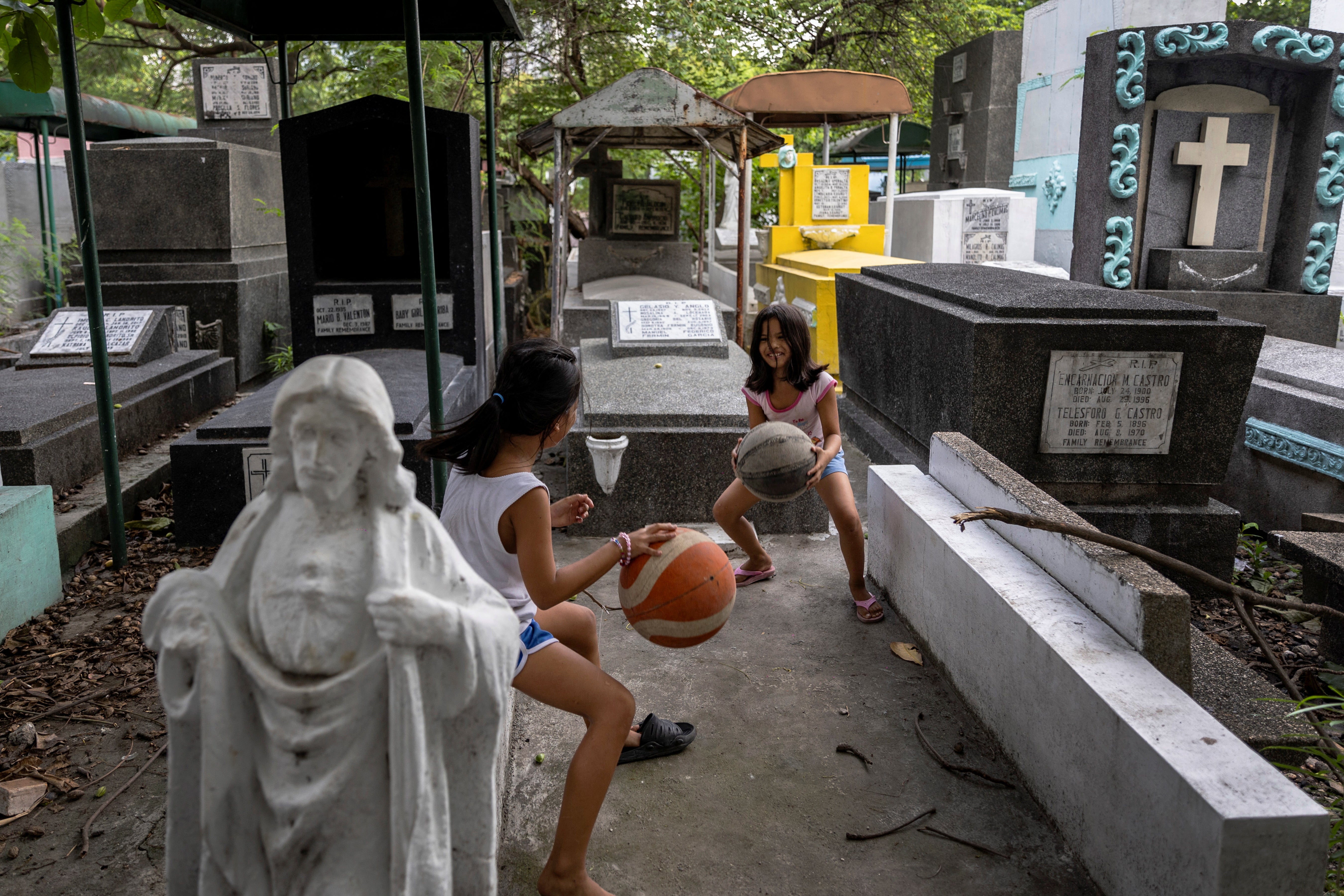
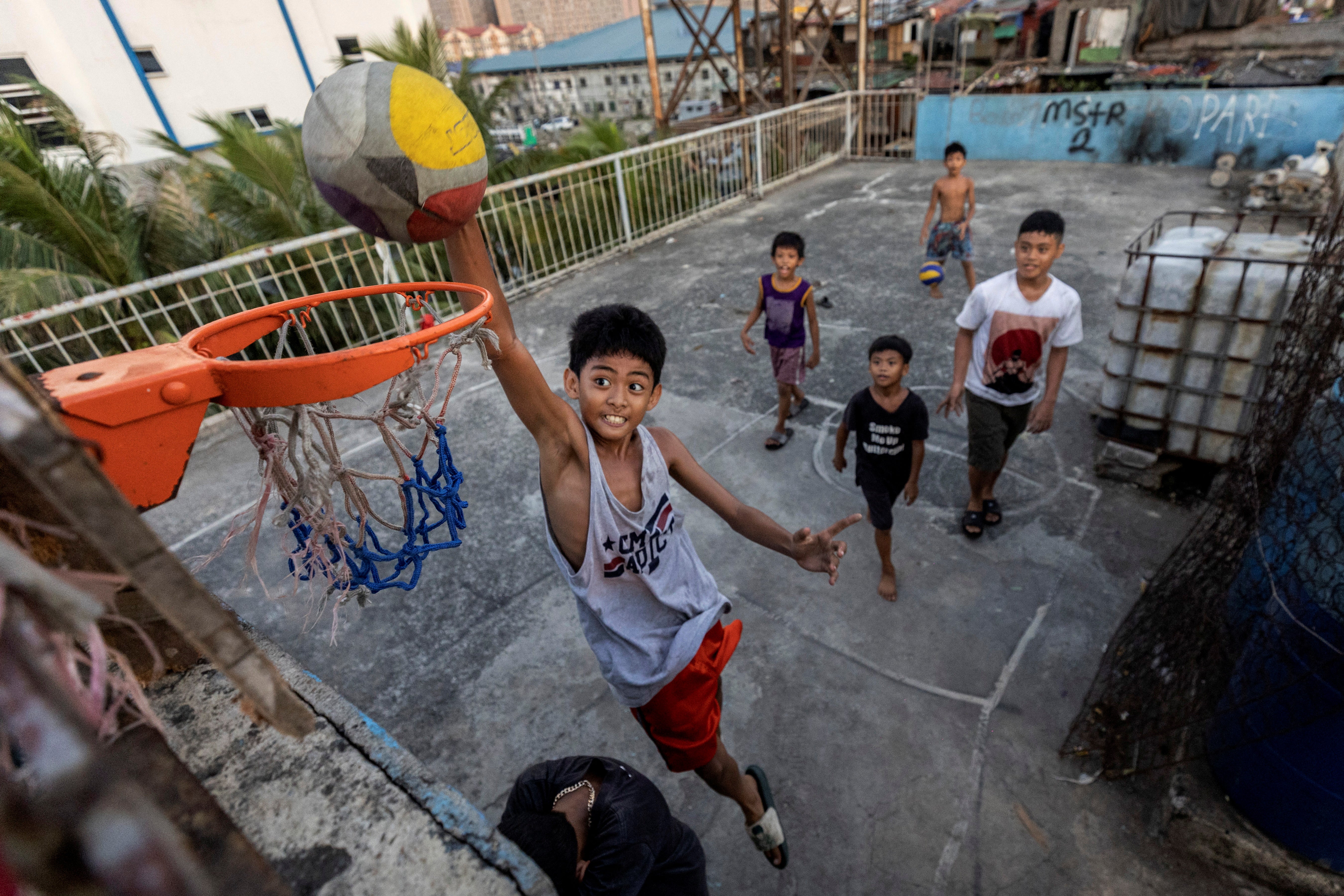
The Philippines might not clinch the 32-nation championship but it can win some games, added Almeda. His optimism seemed misplaced, however, as the men’s team lost their first four matches prior to Saturday’s classification round meeting with China. Fiba ranks the Philippines men’s team 40th globally and the women’s 42nd. Spain and the United States are in the top two spots.
Basketball first came to the Philippines in the 1910s, when it was a US colony. American teachers introduced the game to the public school system, initially just for girls. The appeal of basketball endured through the decades because of its simplicity, veteran sports anchorman Sev Sarmenta said.
“The love affair with basketball continues,” he told Reuters. “I will give you a backboard right here, I will find a piece of wire, it becomes our ring, I’ll attach it to the wall here and we can play. And it’s a scene repeated many times in many streets throughout the country.”
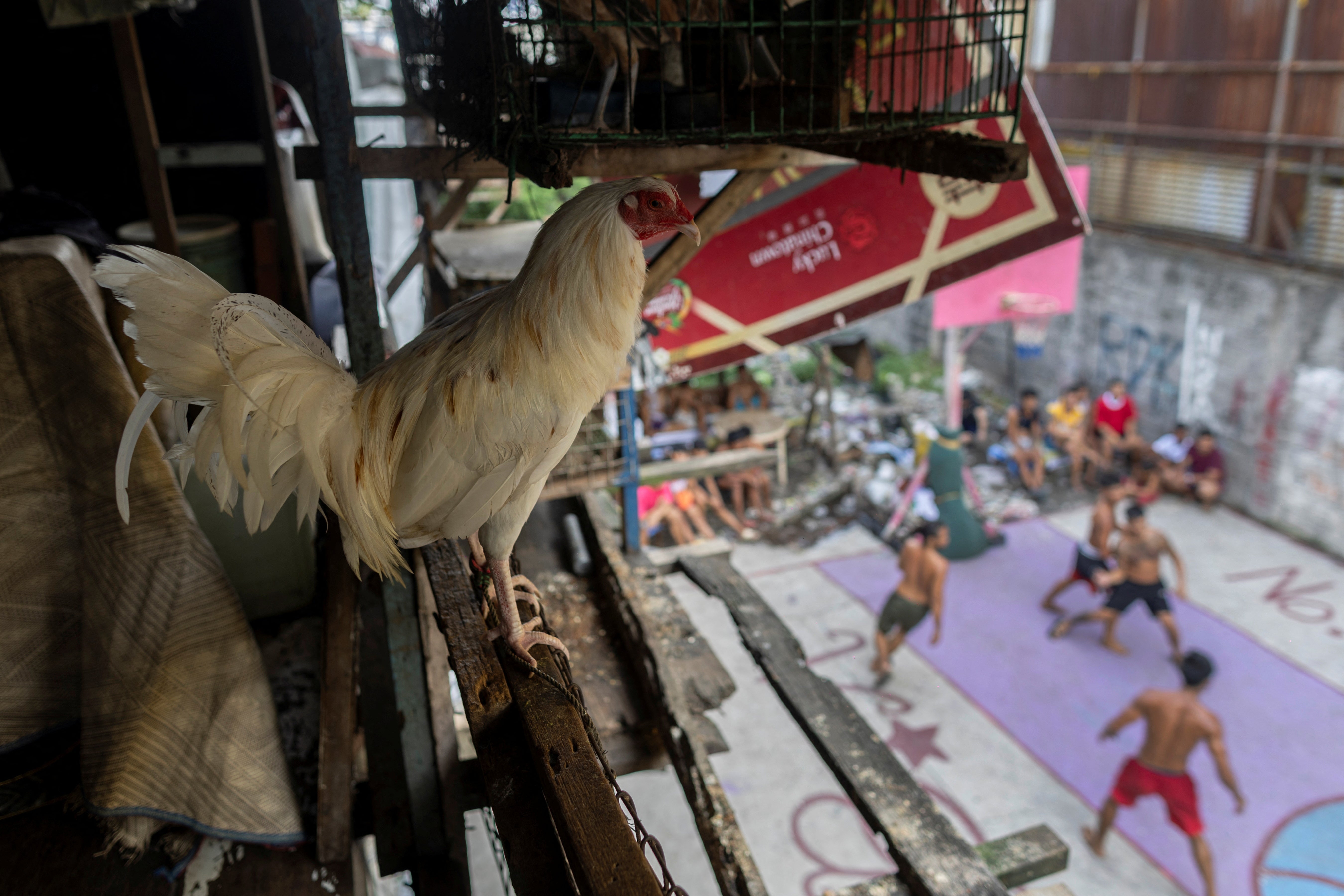
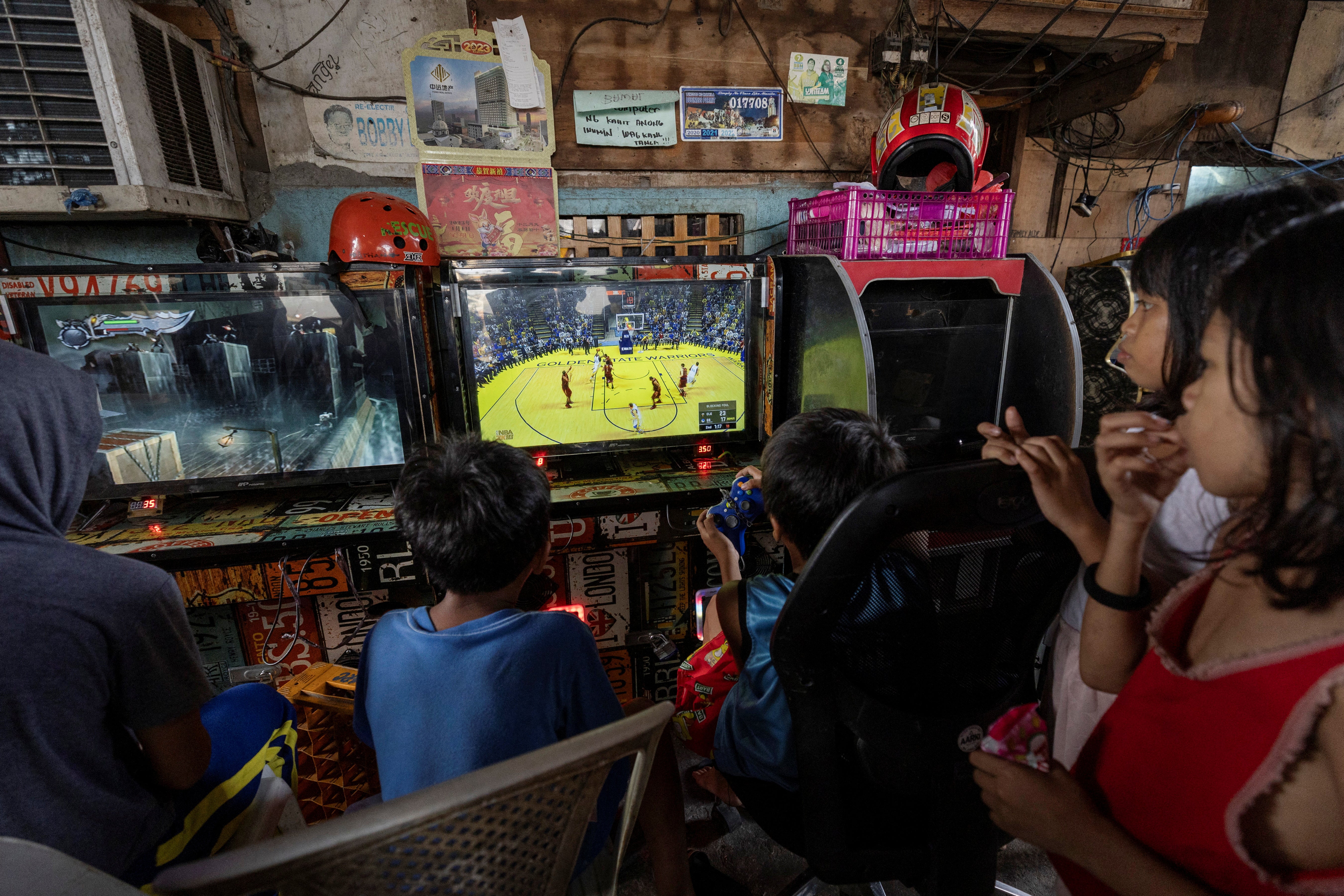
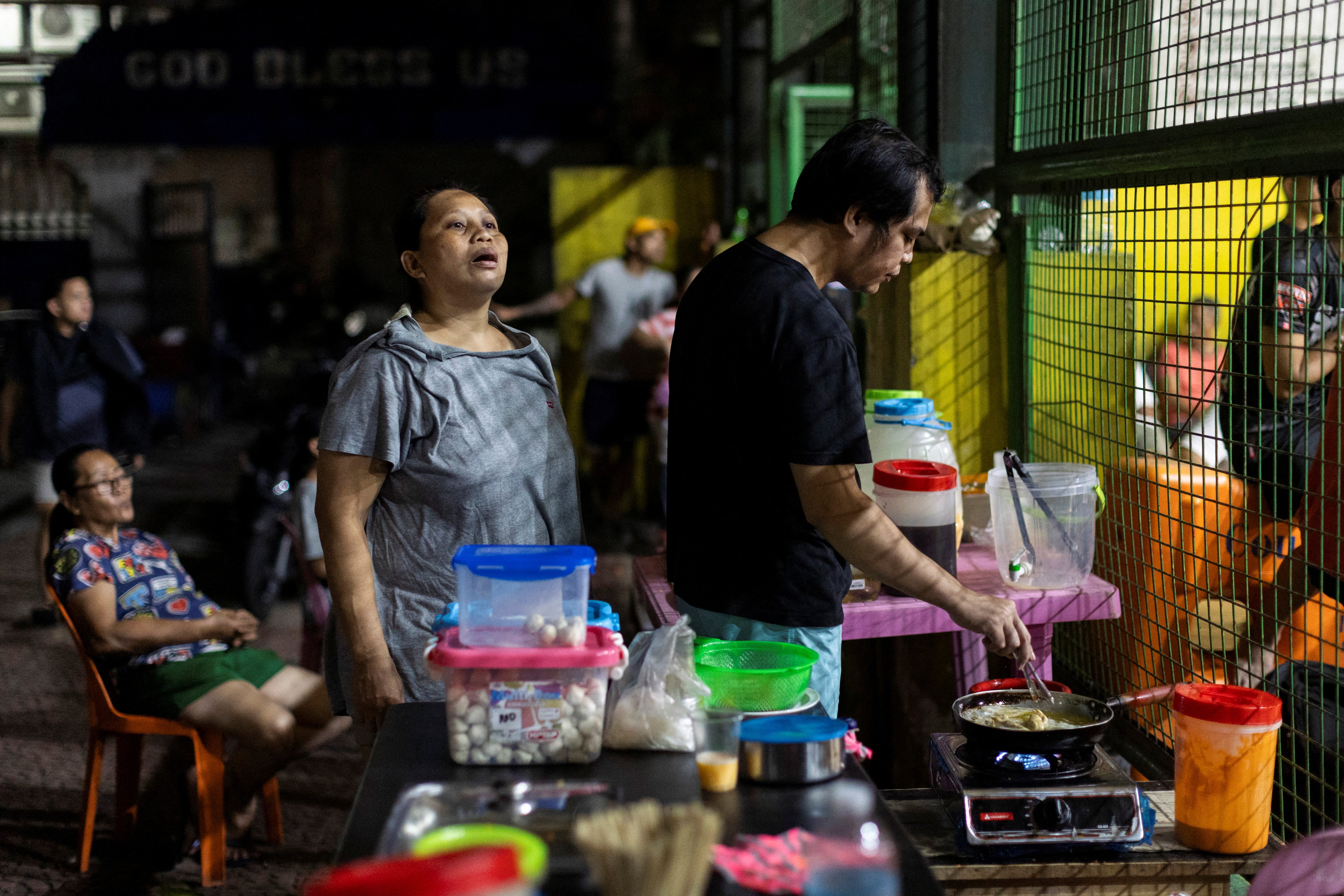
Basketball also cuts across all social classes in this developing nation, where nearly half the population consider themselves to be living in poverty, a recent survey by private pollster Social Weather Services showed.
Jessie Conde, a regular at a court built by waste pickers in the slums of Tondo, said he always turns to basketball when things get tough at home or at school. His teammates, bare-chested and barefoot, typically bet 50 pesos (70p) each per game, with the winner often using the prize money to buy everyone refreshments.
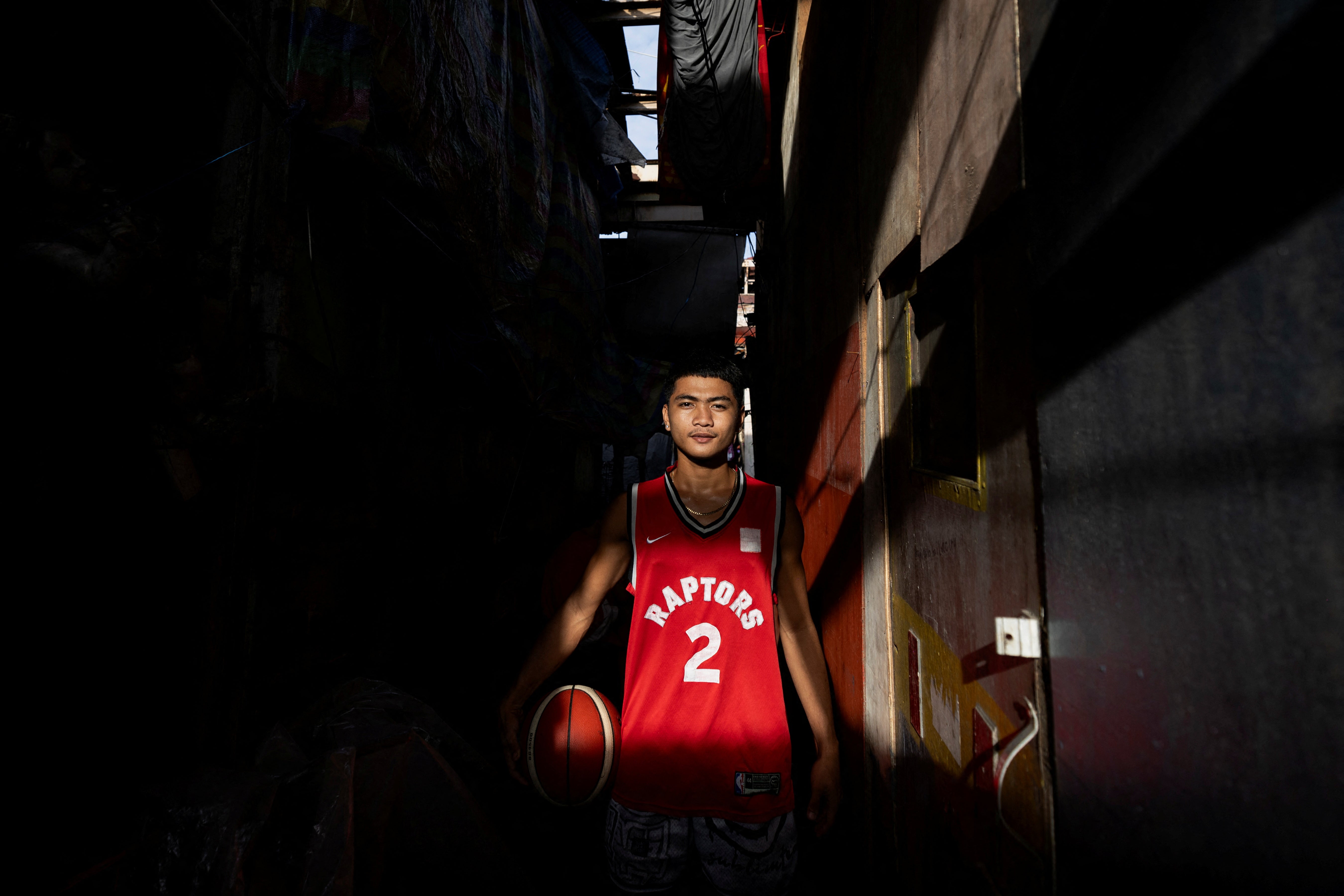
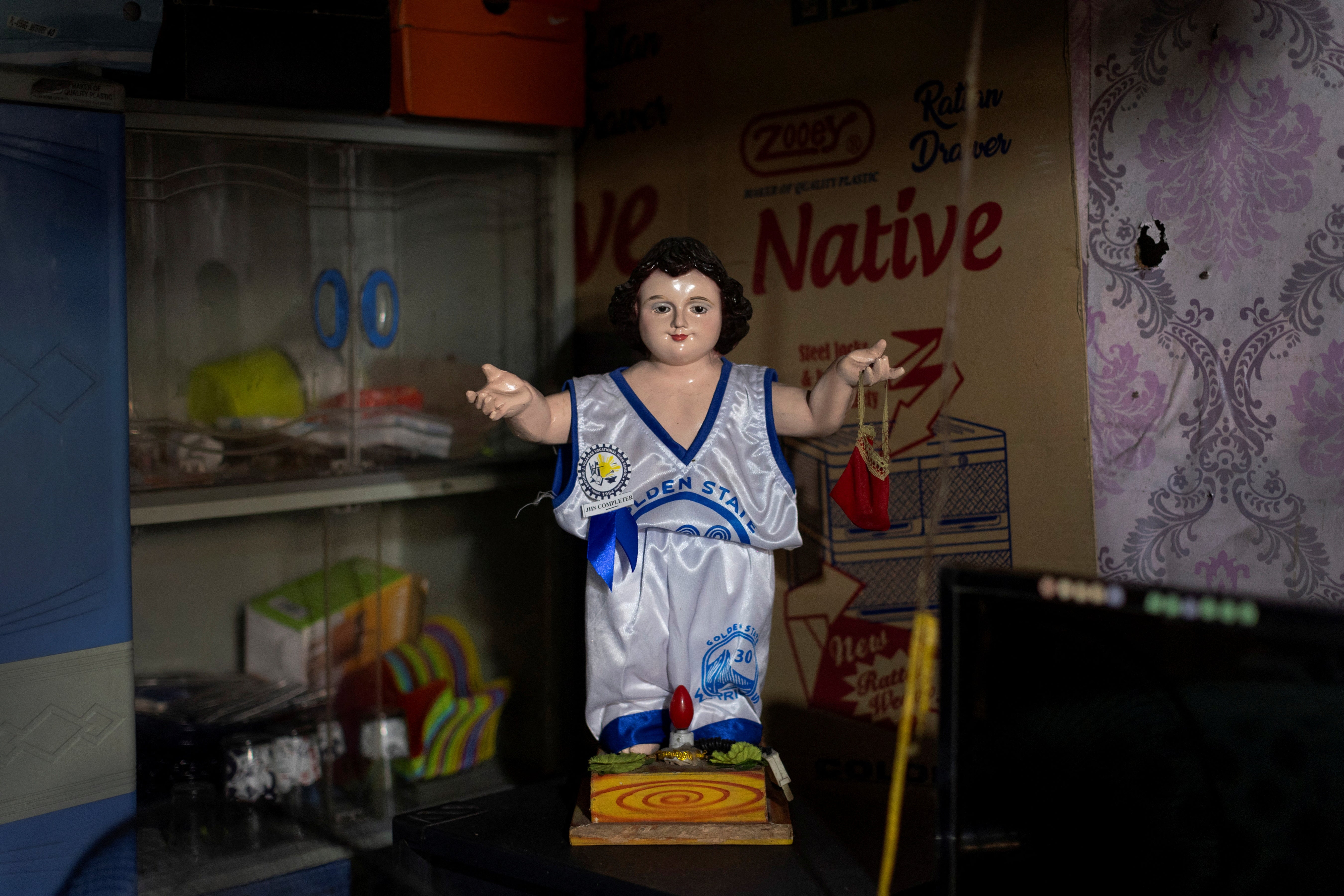
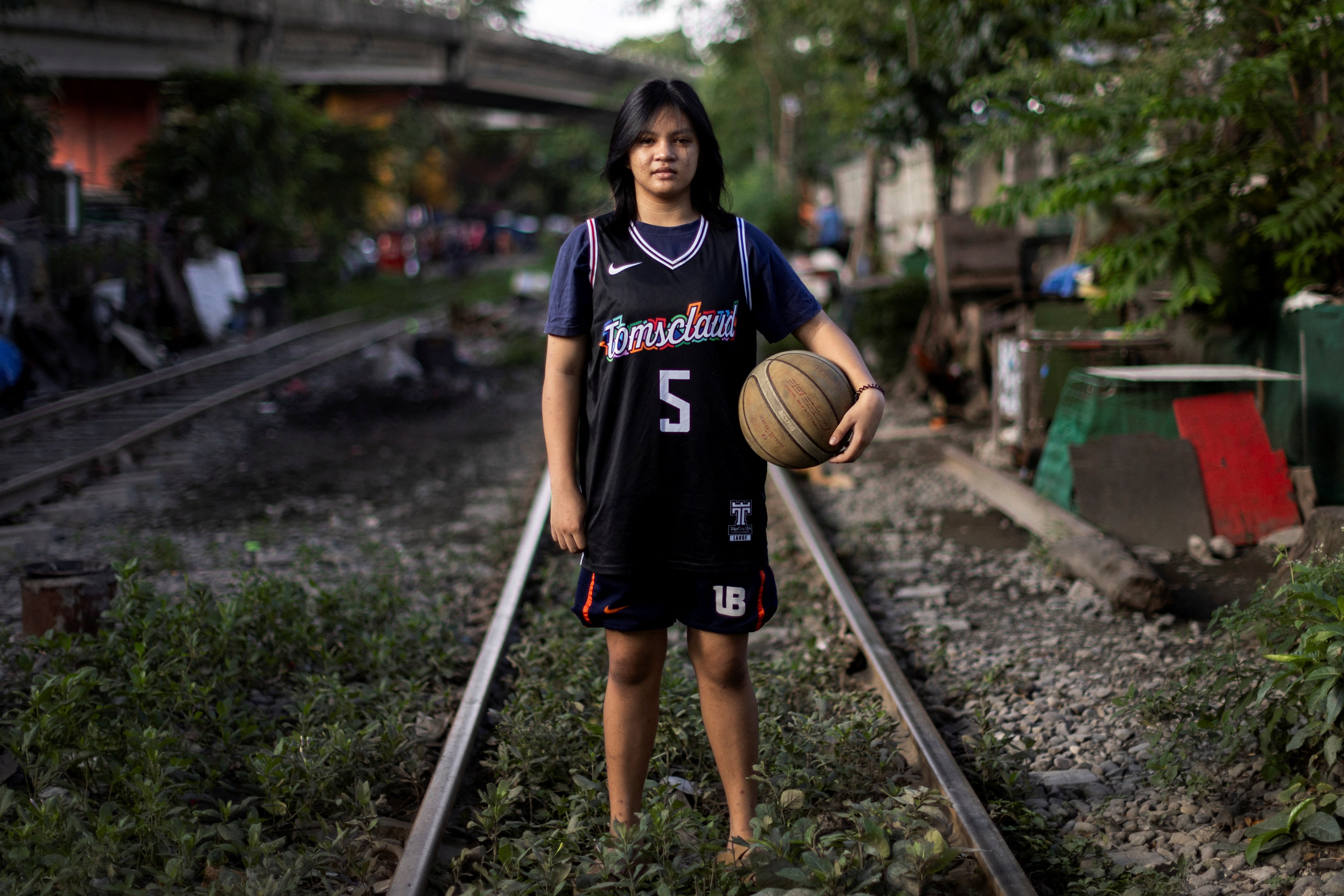
“Once I’m on the court, I forget all my problems”, the 18-year-old said. At home, a statue of Jesus Christ wearing a Golden State Warriors jersey is prominently on display.
Even though the cheapest ticket for the World Cup costs almost half the minimum daily wage, organisers hoped to smash the record attendance of 32,616 set during the 1994 Fiba World Cup finals in Canada. They got their wish on the opening day when 38,115 fans watched the host nation’s 80-70 loss to the Dominican Republic in Manila’s 52,000-seat Philippine Arena. Tickets for these early games ranged from 249 to 19,199 pesos (about £3 to £270).
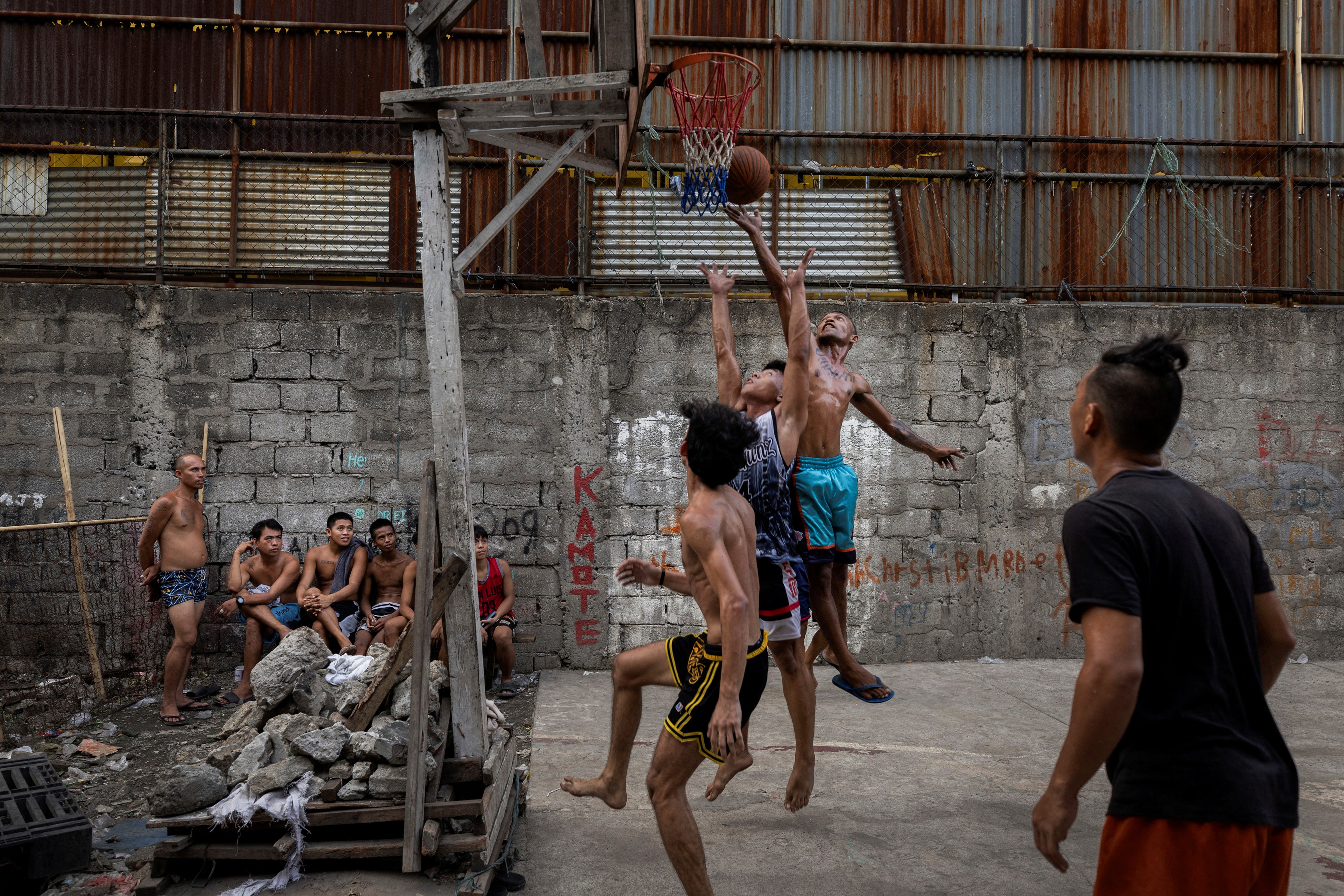
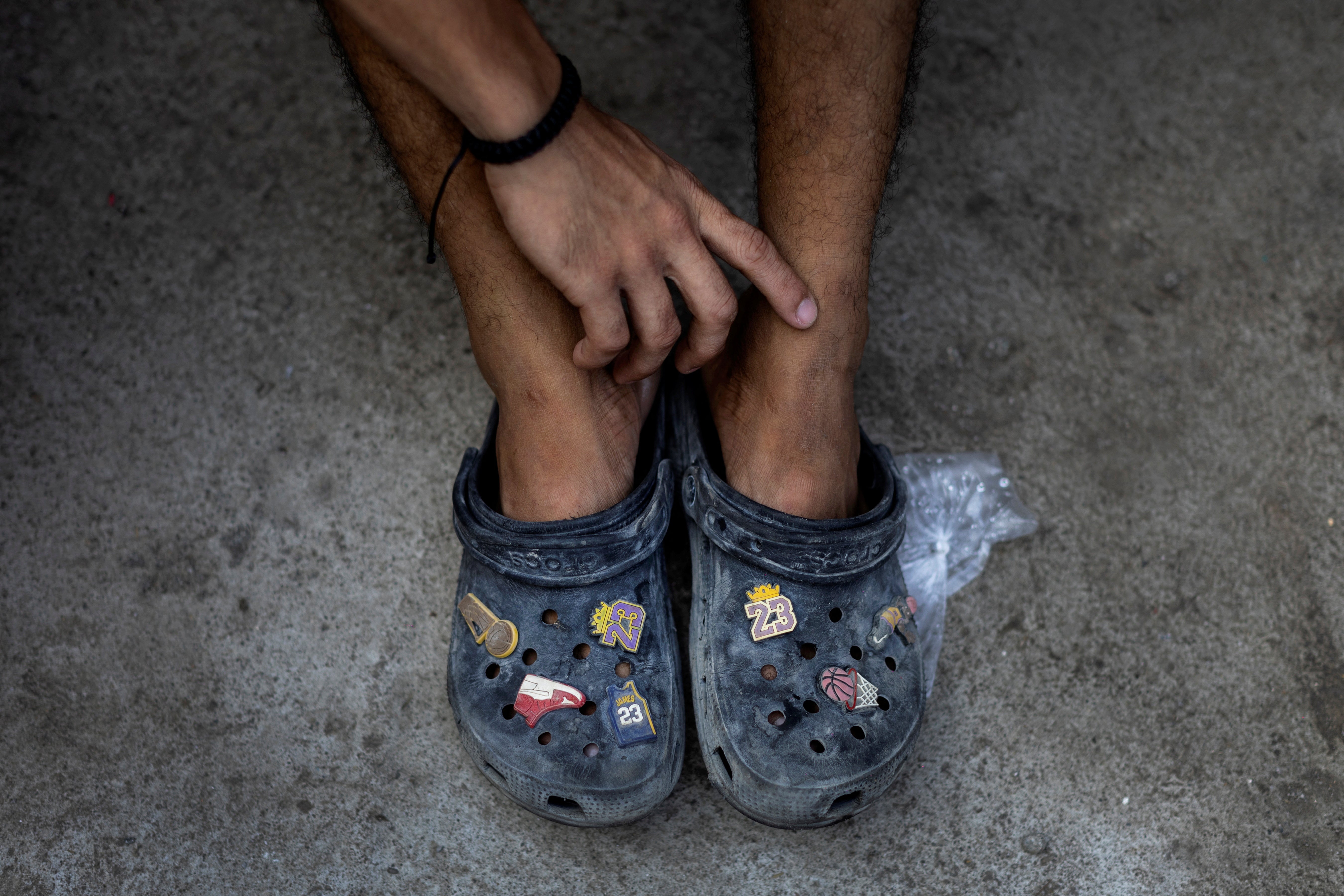
Photography by Eloisa Lopez
Reuters
Join our commenting forum
Join thought-provoking conversations, follow other Independent readers and see their replies
Comments